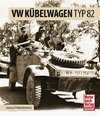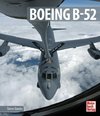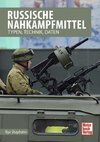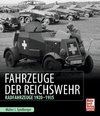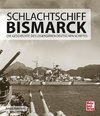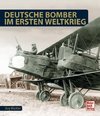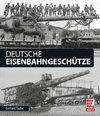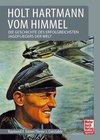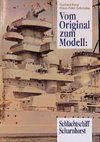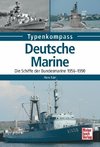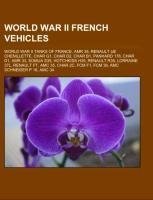
World War II French vehicles
Source: Wikipedia. Pages: 77. Chapters: World War II tanks of France, AMR 35, Renault UE Chenillette, Char G1, Char D2, Char B1, Panhard 178, Char D1, AMR 33, SOMUA S35, Hotchkiss H35, Renault R35, Lorraine 37L, Renault FT, AMC 35, Char 2C, FCM F1, FCM 36,... Viac o knihe
Produkt je dočasne nedostupný
19.45 €
bežná cena: 22.10 €
O knihe
Source: Wikipedia. Pages: 77. Chapters: World War II tanks of France, AMR 35, Renault UE Chenillette, Char G1, Char D2, Char B1, Panhard 178, Char D1, AMR 33, SOMUA S35, Hotchkiss H35, Renault R35, Lorraine 37L, Renault FT, AMC 35, Char 2C, FCM F1, FCM 36, AMC Schneider P 16, AMC 34, Renault R40, Laffly S15, Puteaux SA 18, P107, SOMUA MCG, Laffly V15, Citroën U23. Excerpt: The Automitrailleuse de Reconnaissance Renault Modèle 35 Type ZT (AMR 35 or Renault ZT) was a French light tank developed during the Interbellum and used in the Second World War. It was not intended to reconnoitre and report as its name suggests but was a light armoured combat vehicle, mostly without a radio and used as a support tank for the mechanised infantry. The AMR 35 originated from a project in 1933 to improve the earlier AMR 33 by moving the engine from the front to the back. In 1934 also a stronger suspension was fitted and the type was chosen to replace the AMR 33 on the production lines that year. Three orders were made by the French Cavalry of in total two hundred vehicles in five versions, including two machine-gun tanks, two tank destroyer types and a command tank. Later ten were ordered of a radio communication variant, the Renault YS, and over forty were built of a tropical version, the ZT 4. The production would be much delayed by financial and technical problems, deliveries only starting in 1936. The AMR 35 proved to be an unreliable vehicle. It was one of the fastest tanks of its day, but its very speed overstressed its mechanical parts. In 1937 it was decided not to make any further orders but organisational difficulties slowed final deliveries of some versions until well into 1940; by the time of the Fall of France in June 1940 the ZT 4 order had even not been finished yet. During the Battle of France the AMR 35s were part of armoured and motorised divisions, the vast majority being lost during the first weeks of the fighting. During the remainder of the Second World War Germany made use of some captured vehicles. With his AMR 33 not yet being delivered to the French army - this would happen in June 1934 - Louis Renault used two of the five AMR 33 prototypes to improve the type. In the middle of February 1934 he sent the first, N° 79759, to the testing commission, after it had from September 1933 been lengthened and refitted with a much more po
- Vydavateľstvo: Books LLC, Reference Series
- Formát: Paperback
- Jazyk:
- ISBN: 9781156674833

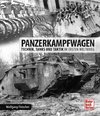
 Nemecký jazyk
Nemecký jazyk 